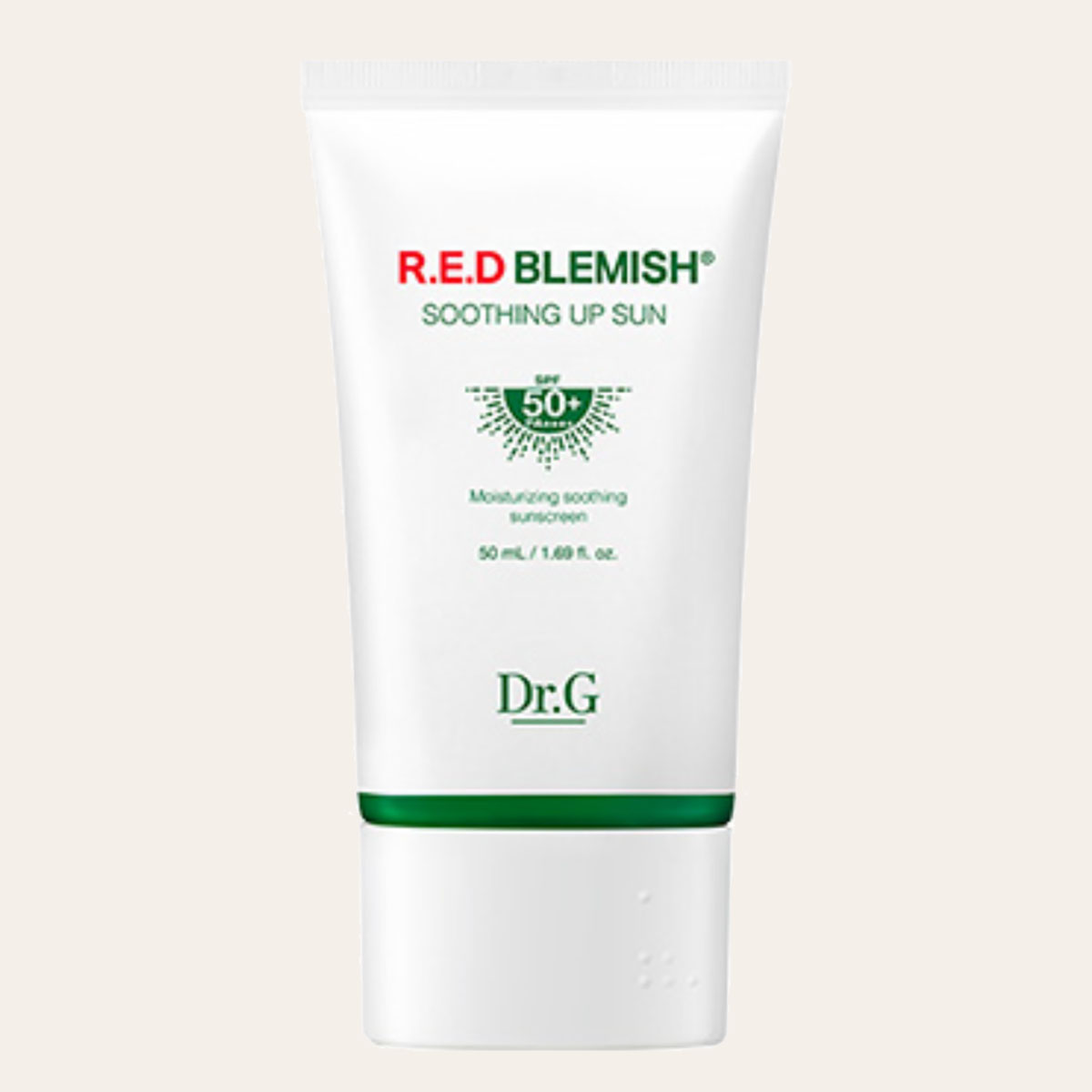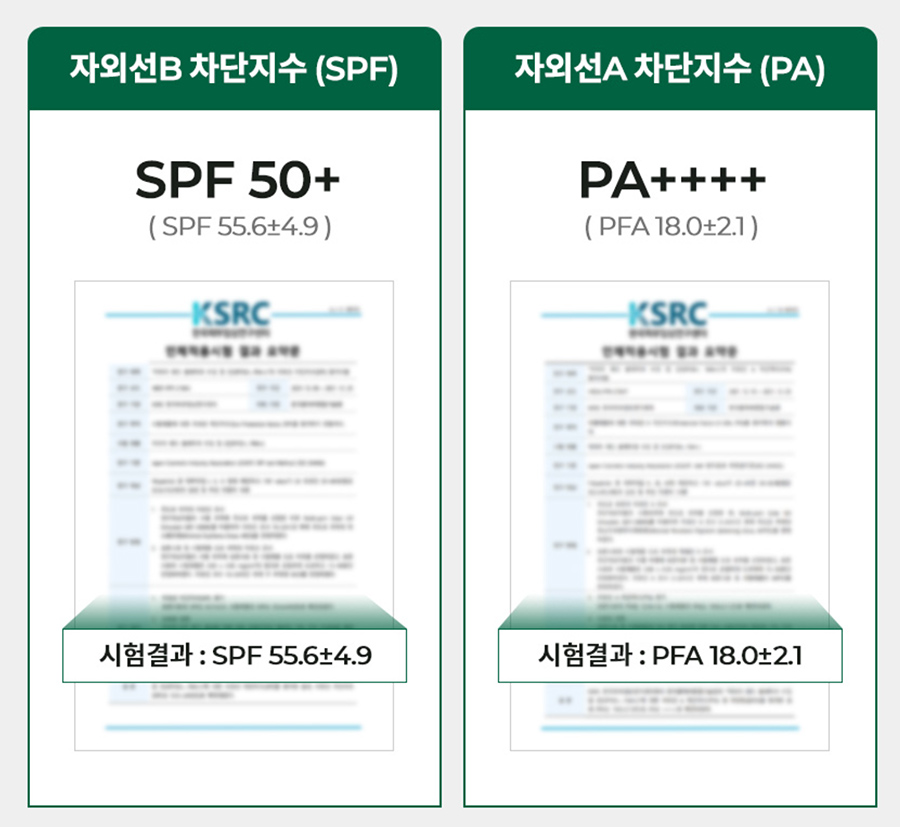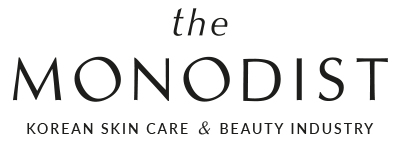
Dr.G – Red Blemish Soothing Up Sun SPF50+/PA++++

Product Info:
Brand: Dr.G
Product Name: R.E.D Blemish Soothing Up Sun
Protection: SPF50+/PA++++
Water Resistance: Not Waterproof
Capacity: 50ml
Formulated by: Kolmar Korea
Manufactured by: Kolmar Korea
Distributed by: Gowoonsesang Cosmetics
Country of Manufacture: South Korea
Functional Cosmetic Certifications: Triple-Functional Cosmetic (UV Protection, Whitening, Anti-Wrinkle)
Original Retail Price: 28,000 KRW
Date of Release: April 2022
Shelf life: 36 months before opening. 12 months after opening
Ingredients:
Sunscreen type: Chemical sunscreen
UV Filters: Ethylhexyl Triazone, Terephthalylidene Dicamphor Sulfonic Acid, Diethylamino Hydroxybenzoyl Hexyl Benzoate, Polysilicone-15, Bis-Ethylhexyloxyphenol Methoxyphenyl Triazine
Notable allergens: n/a
Water, Dibutyl Adipate, Propanediol, Ethylhexyl Triazone, Terephthalylidene Dicamphor Sulfonic Acid, Niacinamide, Octyldodecanol, Tromethamine, Polyglyceryl-3 Distearate, Cetearyl Alcohol, Panthenol, 1,2-Hexanediol, Pentylene Glycol, Diethylamino Hydroxybenzoyl Hexyl Benzoate, Caprylyl Methicone, Polysilicone-15, Cardiospermum Halicacabum Flower/Leaf/Vine Extract, Houttuynia Cordata Extract, Morinda Citrifolia Fruit Extract, Artemisia Princeps Leaf Extract, Centella Asiatica Flower/Leaf/Stem Extract, Cynara Scolymus (Artichoke) Leaf Extract, Centella Asiatica Root Extract, Centella Asiatica Leaf Extract, Centella Asiatica Extract, Prunus Persica (Peach) Flower Extract, Nasturtium Officinale Extract, Caesalpinia Spinosa Fruit Extract, Kappaphycus Alvarezii Extract, Buddleja Officinalis Flower Extract, Pinus Pinaster Bark Extract, Echium Plantagineum Seed Oil, Polymethylsilsesquioxane, Glyceryl Stearates, Bis-Ethylhexyloxyphenol Methoxyphenyl Triazine, Potassium Cetyl Phosphate, Methylpropanediol, Carbomer, Glyceryl Stearate Citrate, Acrylates/C10-30 Alkyl Acrylate Crosspolymer, Ethylhexylglycerin, Ammonium Acryloyldimethyltaurate/VP Copolymer, Adenosine, Butylene Glycol, Helianthus Annuus (Sunflower) Seed Oil Unsaponifiables, Polyether-1, Tocopherol, Biosaccharide Gum-1, Saccharomyces Ferment, 7-Dehydrocholesterol, Ectoin, Asiaticoside, Madecassoside, Lactobacillus Ferment, Madecassic Acid, Asiatic Acid
정제수, 다이부틸아디페이트, 프로판다이올, 에칠헥실트리아존, 테레프탈릴리덴디캠퍼설포닉애씨드, 나이아신아마이드, 옥틸도데칸올, 트로메타민, 폴리글리세릴-3다이스테아레이트, 세테아릴알코올, 판테놀, 1,2-헥산다이올, 펜틸렌글라이콜, 디에칠아미노하이드록시벤조일헥실벤조에이트, 카프릴릴메티콘, 폴리실리콘-15, 풍선덩굴꽃/잎/덩굴추출물, 약모밀추출물, 노니열매추출물, 쑥잎추출물, 병풀꽃/잎/줄기추출물, 아티초크잎추출물, 병풀뿌리추출물, 병풀잎추출물, 병풀추출물, 복사나무꽃추출물, 물냉이추출물, 타라열매추출물, 코토니추출물, 밀몽화꽃추출물, 프랑스해안송껍질추출물, 에키움 플란타기네움씨오일, 폴리메틸실세스퀴옥세인, 글리세릴스테아레이트, 비스-에칠헥실옥시페놀메톡시페닐트리아진, 포타슘세틸포스페이트, 메틸프로판다이올, 카보머, 글리세릴스테아레이트시트레이트, 아크릴레이트/C10-30알킬아크릴레이트크로스폴리머, 에틸헥실글리세린, 암모늄아크릴로일다이메틸타우레이트/브이피코폴리머, 아데노신, 부틸렌글라이콜, 해바라기씨오일불검화물, 폴리에터-1, 토코페롤, 바이오사카라이드검-1, 효모발효물, 7-데하이드로콜레스테롤, 엑토인, 아시아티코사이드, 마데카소사이드, 락토바실러스발효물, 마데카식애씨드, 아시아틱애씨드
Product Description:
Hydrating and calming sunscreen with a hypoallergenic formula to replenish sensitive skin.
“R.E.D Blemish Soothing Up Sun” is an intensively hydrating sunscreen with a soft watery texture that applies smoothly and provides relief for sensitive skin thanks to 10 Cica Complex. It was shown to calm skin exposed to heat by 12.9% (in-vivo test to evaluate skin calming effect in relation to infrared heat radiation conducted by KC Skin Research Center on 20 adults aged 19-60 from 17 November to 18 November 2021).
10 Cica Complex is composed of: Centella Asiatica Extract, Madecassoside, Madecassic Acid, Asiaticoside, Asiatic Acid, Centella Asiatica Leaf Extract, Centella Asiatica Root Extract, Centella Asiatica Flower/Leaf/Stem Extract, Saccharomyces Ferment and Prunus Persica (Peach) Flower Extract.
The sunscreen is easily absorbed and contains essential ingredients for skin hydration (11,250 ppm of Panthenol) that work to replenish skin upon application.
“R.E.D Blemish Soothing Up Sun” was tested to be hypoallergenic and non-comedogenic.
- In-vivo skin irritation test conducted by KC Skin Research Center on 33 adults aged 19-59 from 10 November to 12 November 2021.
- In-vivo test for sensitive skin suitability conducted by P&K Skin Research Center on 30 adults aged 20-55 from 10 November to 18 November 2021.
- In-vivo hypoallergenic test conducted by KC Skin Research Center on 30 adults aged 19-50 from 12 January and 15 February 2022.
- In-vivo non-comedogenic test conducted by KC Skin Research Center on 23 adults aged 14-40 from 11 November to 15 December 2021.
The sunscreen dries with a light finish without stickiness. It offers quadruple protection against UVA, UVB, infrared light and fine dust.
Dr.G privately commissioned tests to verify the UV protection of the sunscreen and obtained the certifications below. Please note that these tests were privately commissioned by the company and are not legally equivalent to the pre-market tests required to commercialise a sunscreen in South Korea. For more information on sunscreen regulations in South Korea, please refer to this video.

Directions:
At the last step of your skin care routine, take an adequate amount and apply it evenly across areas of the skin exposed to UV rays.
Precautions:
Please consult a specialist if there are any abnormal symptoms or side effects such as red spots, swelling or itching when using the cosmetic or after use. Keep away from children. Store away from direct sunlight. For external use only. Do not use on wounds or if you are allergic to any ingredients of this product. Do not stay too long in the sun, even while using a sunscreen product.
Other editions and formulations:
n/a
Shop this product:
Make sure to check out the Discount & Coupons page to access exclusive offers for major Korean skincare retailers.
Reviewed by Odile?
Source: Dr.G website
Translation: © 2022 Odile Monod
Disclaimer: The list above contains a combination of affiliate and non-affiliate links. If you make a purchase through one of my affiliate links, I will earn a small commission (paid by third party companies, not you). Commissions help fund the content production of the Monodist. For more information on my affiliate policy please refer to my About page. Some links are missing because the item is not available outside of Korea at the moment.
